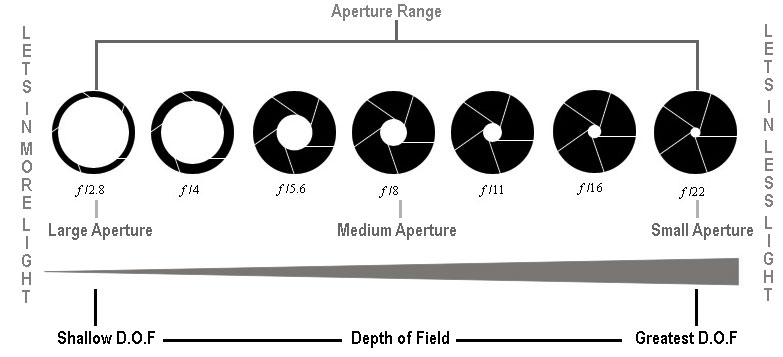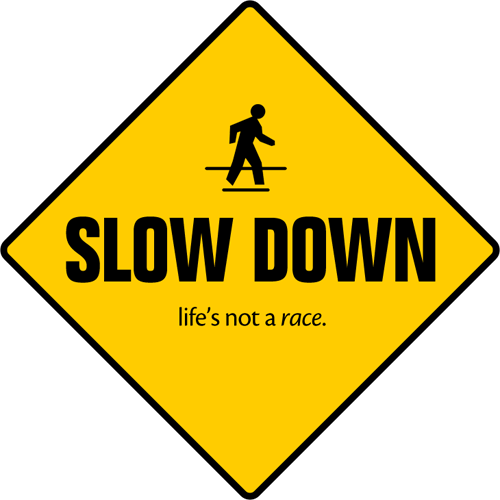 I went for the Canon Photography workshop at Catholic High School yesterday to learn about the usage of a DSLR ( Digital Single Lens Reflex ) camera. The workshop was brought by Popular Digital Media Group whereby the trainers are hired by Canon to train students and adults on aspects of Photography.
I went for the Canon Photography workshop at Catholic High School yesterday to learn about the usage of a DSLR ( Digital Single Lens Reflex ) camera. The workshop was brought by Popular Digital Media Group whereby the trainers are hired by Canon to train students and adults on aspects of Photography. I signed up for the FacetsOfSg photography competition not too long ago and along with the competition, there is also a workshop for me to sign up for.
What made me interested in this workshop? Well, first of all, I did not have much knowledge about the camera. I have only used it once during a school event where I, being a member of the Audio-Visual Arts club in school, had to snap some shots of the event. Even then, I didn't know the concrete details of the camera's functions. Secondly, I thought that it would be a great opportunity to interact with new people and make new friends :) And yes, I did make 2 new friends but they both live in the west, which reduces the probability of us bumping into one another ._.
Anyway, back to the workshop....
For the first hour or two, we learnt about the theories of the mechanics of the camera. There are three pillars of photography- ISO( International Organisation for Standardisation ), Aperture and Shutter speed. When you combine these three together, you are one step away from taking an amazing photograph!
Let's briefly discuss what these three pillars are all about..
What is ISO? Well, ISO is basically the camera's sensitivity to light. The higher the ISO level, the more sensitive the camera is to light which makes the picture brighter and vice versa.

Before we talk about Aperture, let's think about the human eye. The pupil of the eye allows light to enter the eye, while the Iris controls the amount of light entering the eye. Depending on the intensity of light, the Iris can either make the pupil smaller, or bigger and that's exactly what the concept of Aperture is. Aperture is expressed by " f-stops " which controls the size of the lens. The higher the f-stop number, the smaller the lens and vice versa.

Having said all that, so what is Aperture really? Well, simply put, Aperture is about focusing on the important object while isolating ( or blurring ) the less important ones. This is according to the concept of Depth Of Field. With a small f-stop number, the subject will be sharpened, while the background blurs. With a bigger f-stop number, the background would start to be clearer and clearer.

Lastly, we talked about the Shutter Speed. Shutter speed is basically about the length of time the camera is exposed to light. This length of time will then control the motion of the moving object and creates a dramatic blurring or freezing effect.

After being taught about the necessary skills to take good photographs, we were then given half an hour to roam around the school and take pictures of the given theme- Food and Architecture. Before the day ends, we gathered back at the computer lab to submit one photograph for each person and get the trainer to critic on our photographs and what we can improve on.
Here's the picture that I took and submitted ^^
Overall, the day was one of fun. I got to learn more about the aspects of photography and I think it would be a useful skill to be used in the future.
I'd like to share something that one of the trainers said which I think is really inspiring. I couldn't remember what he exactly said but it goes something like this, " Photography is about expressing yourself and your own individuality. Every picture is different, and that's because every person has a different outlook to the things around us. "

 |
| Me armed with a DSLR camera at Catholic High School ^.^ |
.JPG)




